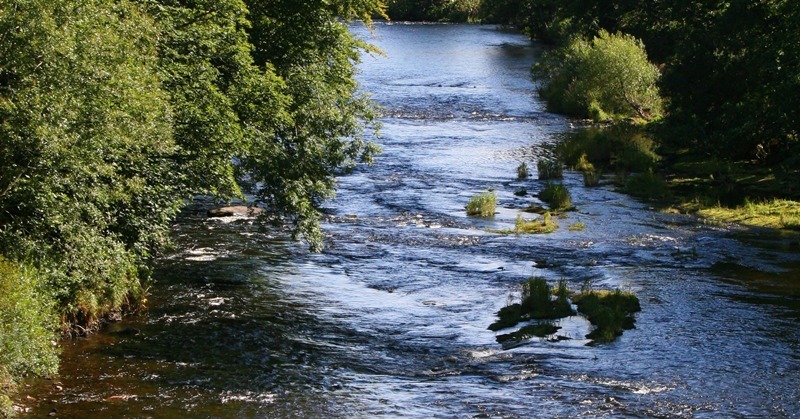An Angus angling club has lodged a legal complaint against the Scottish Government over its ”failure to protect salmon stocks.”
In an unprecedented move, Brechin Angling Club (Brechin AC), supported by the Salmon and Trout Association (S&TA), has submitted a formal complaint to the European Commission over the government’s failure to protect salmon stocks in the River South Esk Special Area of Conservation (SAC).
This follows the government’s decision to extend the salmon netting season into September and reject proposed conservation measures to delay the start of the netting season for five years.
The complaint, prepared by lawyer Guy Linley-Adams, cites numerous breaches by the Scottish Government in relation to the requirements of the EC Habitats Directive in protecting salmon in the South Esk not only in relation to spring salmon stocks but also later running fish that it says will be impacted by the ”unparalleled proposal by Scottish Government to extend netting into September.”
In addition, the complaint identifies the Scottish Government’s general failure to ”establish appropriate management plans specifically designed for those SACs designated for Atlantic salmon to address the particular threat posed by mixed stock fisheries.”
Byron Pace, spokesman for Brechin AC, said: ”From our perspective, we could not, in all good conscience, sit on our hands, as the sustainable future of the South Esk came under this increased threat; to do so would have been irresponsible and unforgivable.
”Due to the Scottish Government’s dismissal of the proposed conservation measures, we have been forced to take this to Europe, in the hope we can prevent the damaging effects of increased netting on an already fragile water course.”
The complaint has been filed in conjunction with the Salmon Trout Association and S&TA CEO Paul Knight said it views the case as an example of ”a national malaise.” He said: ”It is indicative of a lamentable lack of political commitment to protect a wild natural resource in line with our international obligations.”
Mr Linley-Adams added: ”The Scottish Government has placed far too much emphasis on the interference in the property rights of the netsmen and not enough on its obligations to protect the South Esk SAC’s spring salmon stocks.
”I believe the European Commission will follow long-established European, and indeed UK, law that has repeatedly confirmed that the private property rights of individuals are subject to the wider need to conserve species and habitats in the wider public interest.”
Unanimous dismay at the government’s decision was expressed during a packed public meeting in Brechin in October attended by more than 100 people, including representatives of all major wild fish interests and local angling associations.
A statement issued by the Esk District Salmon Fishery Board (DSFB) following the meeting prompted a furious response from a Montrose fishery business. The BAC claimed Usan Salmon Fisheries was being allowed by the government to ”kill even more fish” as a reward for its co-operation with Marine Science Scotland’s research programme.
Usan director George Pullar said the firm was ”appalled by the negative content” of the statement issued by the DSFB. He said: ”The age of the Highland clearances is over and the working man has a say we are here to stay.”
Mr Pullar said the current legal season runs from February 16 to August 31, while the angling season extends to October 31 which he described as ”a far longer period of exploitation than our own.”
He said the recently declared angling catches for 2010 were in excess of 110,000 salmon and grilse, the highest since records began in 1952.
A Scottish government spokesman said: ”Ministers have asked Marine Scotland officials to discuss with the net fisheries in the River South Esk arrangements for accessing genetic samples and fish for tagging and release for tracking.
“This is with a view to a possible licensed ‘catch and retain’ fishery from September 1-14 until 2012. Such a fishery would enable access to a reasonable sample of fish and genetic material throughout the commercial net fishing season to inform Marine Scotland Science’s (MSS) statutory investigation of wild salmon and sea trout stocks.
”A number of points are being investigated regarding how this will operate. MSS have provided advice on potential conditions for a possible licensed September net fishery, including advice on the number of fish that might be taken.
”We are still considering that advice and will be consulting other advisers including SNH given the River South Esk’s status as a SAC.
”Furthermore, ministers have decided that they will maintain the existing restriction on the net fishery so that the start of the net fishery will be put back from February 16 to May 1 2012, for a further period of three years.
”This delay in the start of the net fishery has been in place for seven years and provides a measure of protection for the early running salmon in the South Esk. This is additional to the annual close season and weekly close times which apply to all net fisheries for salmon.”
